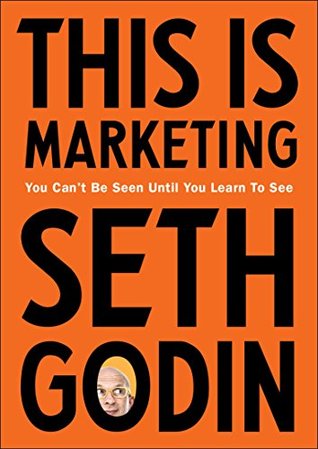I don’t have any particular curiosity towards soviet or post-soviet history. I watched the HBO mini-series “Chernobyl” and “Chernobyl The Lost Tapes” documentary, so I got enough of an idea about what happened. Since I was born in Russia and spent good chunk of my life there, I don’t need to be explained about corruption, incompetence and the Soviet ways.
So how did I end up with the book? I have a Canadian friend, really sharp guy, reads books, thinks things through, really fun to talk to. Many years ago, yet another regular conversation took a turn towards the topic of corruption in Canada. Before long he made a broad statement: “… it is the same in Russia”. I disagreed and he disagreed with my disagreement. This was the first time when I realized that people in Canada and in the west, don’t really understand Russia, more specifically that there is a difference between corruption and Russian corruption. In nutshell it is like comparing teenage hockey and professional hockey. Not long ago, my friend, came back to the subject of corruption, but now with a totally different position, now he no longer disagreed with me. I was surprised and he elaborated on his revelation – “Midnight in Chernobyl”, insisting that I should read the book as well.
So how is the book? Well, without a doubt the book is good, very good. It is well written and can be gulped without breaks. What you don’t find in any show or movie is nitty-gritty details and the book does a lot of justice to that. You can feel and see the system at work, incompetence, secrecy, economic and social struggle in “full HD color”. I believe the book represents a relative short and concise case study of the Soviet Union and how people though, operated and sacrificed. To some degree you will be able to understand even current situation and decision making of Russia today (including Russian invasion of Ukraine). The book is about Chernobyl, it is about the tragedy but Chernobyl story spans way beyond boundary of one location and far across entire USSR.
In a nutshell:
+: Well written & easy read
+: Lots of details
+: Brief history of soviet reactor building
+: Great insight into how the state operated
+: Overview how people lived, all equal but some are more equal than others
=: It is a good book, if you have any interest in historic events, pick it up. Chernobyl is one of the greatest disasters and perhaps it is worth while to learn about it, at the very least for the sake of not repeating it.
Title: Midnight in Chernobyl: The Untold Story of the World’s Greatest Nuclear Disaster
Author: Adam Higginbotham
Cover:




